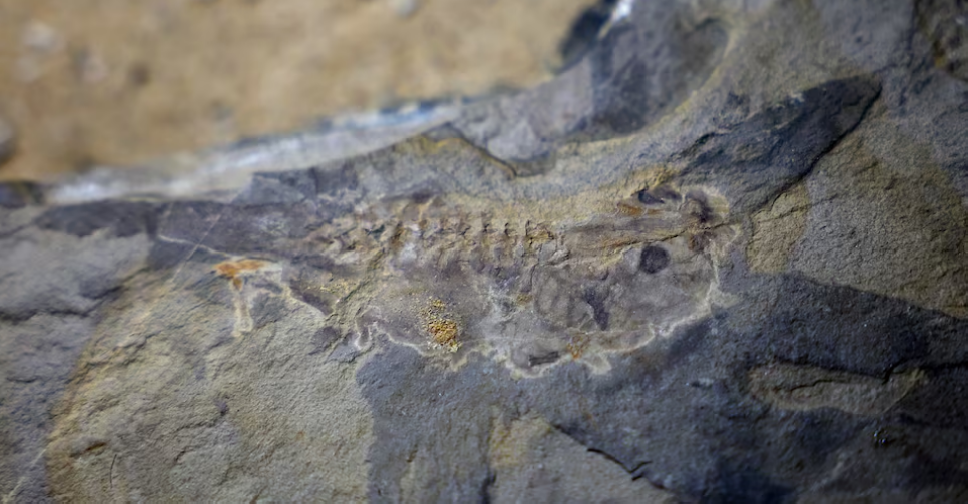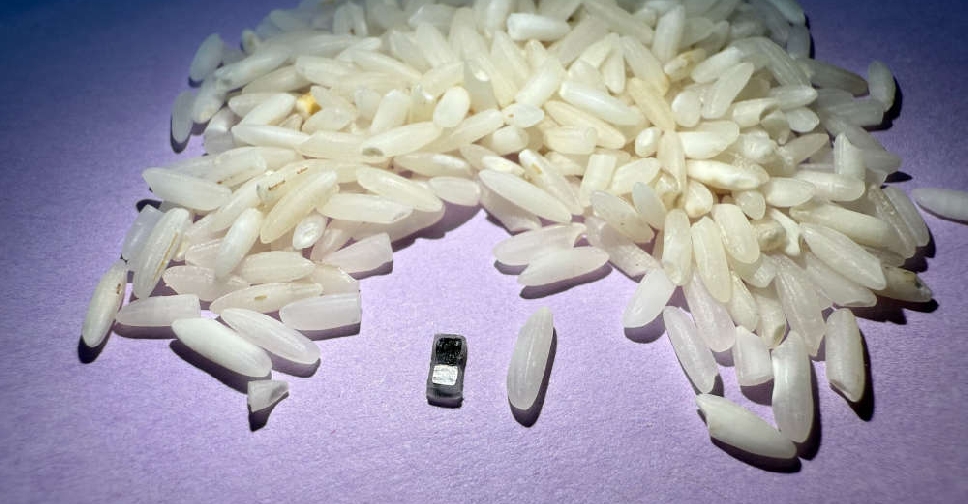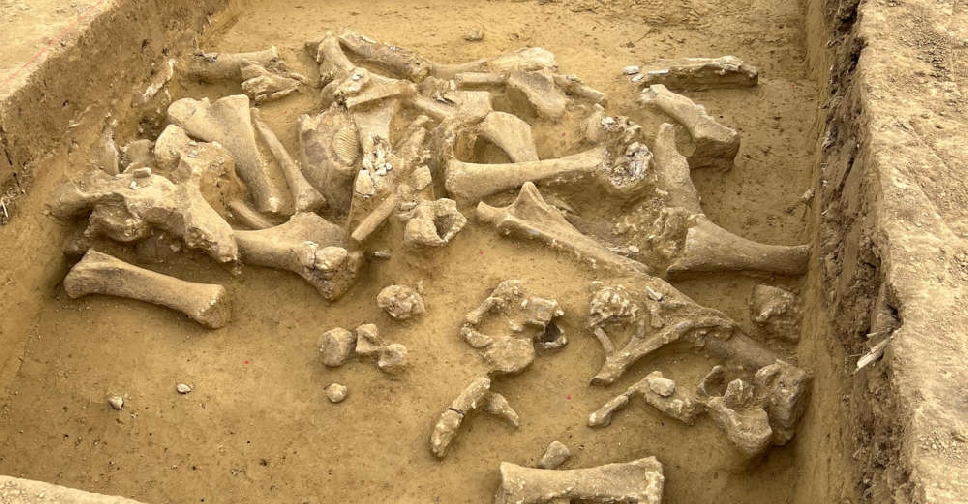
Scientists in Argentina have discovered excellently preserved fossil remains of the oldest-known tadpole, the larval stage of a large frog species that lived alongside dinosaurs about 161 million years ago during the Jurassic Period.
The researchers said the fossil, measuring 16 cm (6.3 inches) long, sheds light on the evolution of frogs and toads, showing that tadpoles today are largely unchanged from their forerunners in the Jurassic.
The oldest-known frog fossils date to even earlier, though no older tadpole fossils have been found.
The specimen, belonging to a previously known species called Notobatrachus degiustoi, is so well preserved, according to the researchers, that it includes the remains of some soft tissues that usually are not seen in fossils.
The tadpole's eyes and nerves, for instance, are preserved as dark imprints in their anatomical position in the fossil.
The fossil was found in 2020 during a dig for dinosaur remains on a ranch in the province of Santa Cruz, about 2,300 km (1,429 miles) south of Buenos Aires in Argentina's vast southern Patagonian region.
The tadpole's head and most of its body are preserved.
Frogs have a two-stage life cycle, with the aquatic tadpole larva metamorphosing into the adult form. This tadpole was in the late stages of metamorphosis. Adults of this species are a similar length as the tadpole, the researchers said.
"It's not only the oldest tadpole in the world and amazingly preserved, but it also tells us about the size of one of the few frog species known from that time," said biologist Mariana Chuliver of Fundación Azara-Universidad Maimónides, lead author of the study published on Wednesday in the journal Nature.
"It has remains of soft tissues, such as nerves or eyes. But also a fundamental characteristic that was preserved is the hyobranchial skeleton, the cartilaginous skeleton that supports the gills of a tadpole," Chuliver said.
"This is very important because it allows us to know the diet and lifestyle of these organisms."
The fossil "reveals that the morphology of tadpoles has remained almost unchanged over the last 160 million years," Chuliver added.



 Scientists develop world’s smallest injectable, dissolvable pacemaker
Scientists develop world’s smallest injectable, dissolvable pacemaker
 From baked beans to chips, is Dubai's viral chocolate taking over global brands?
From baked beans to chips, is Dubai's viral chocolate taking over global brands?
 Gamer 'beats' Crossy Road with world record score
Gamer 'beats' Crossy Road with world record score
 United Airlines flight performs U-turn after pilot forgets passport
United Airlines flight performs U-turn after pilot forgets passport
 25,000-year-old mammoth hunting site discovered in Austria
25,000-year-old mammoth hunting site discovered in Austria




